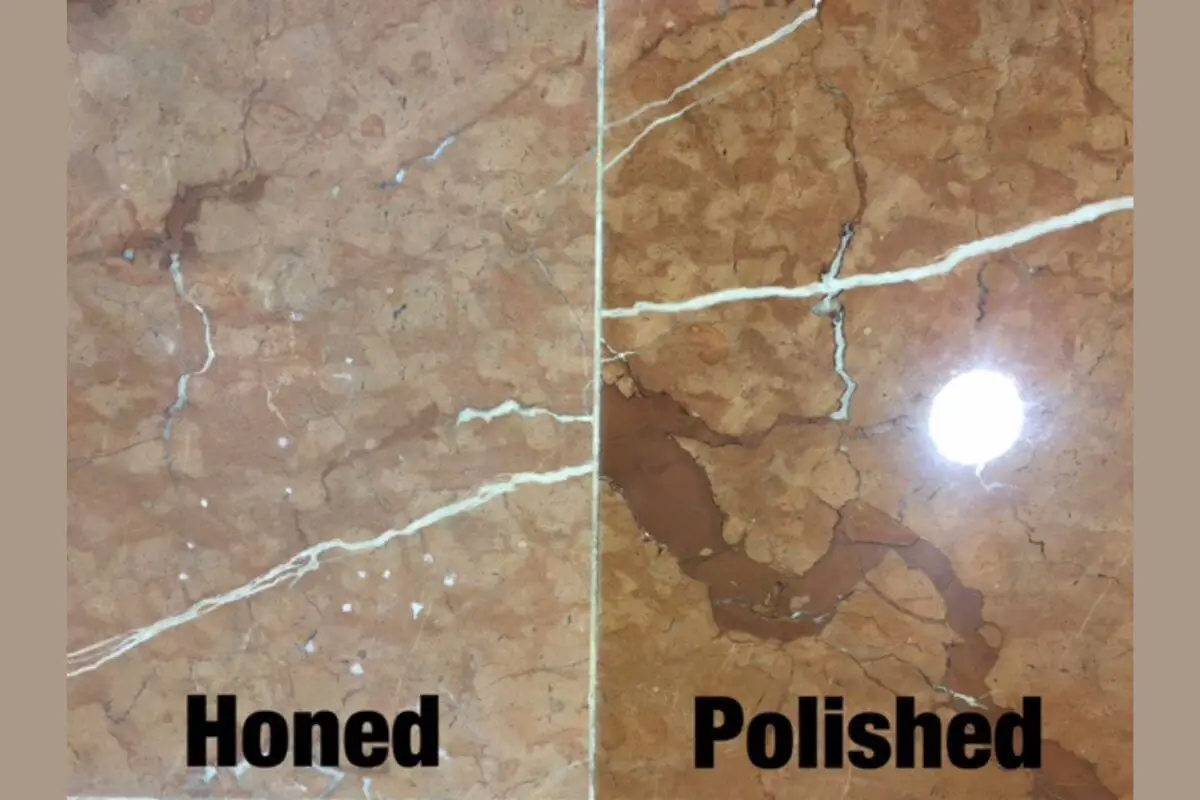Introduction
When it comes to choosing the perfect material for your kitchen or bathroom countertops, quartzite has become a popular choice due to its durability, natural beauty, and versatility. However, one important decision you’ll need to make is whether to go for a honed or polished finish. Each option has its own unique characteristics and benefits, and in this article, we’ll delve deep into the world of honed vs. polished quartzite to help you make an informed decision for your home renovation project.
Understanding Quartzite
Before we dive into the differences between honed and polished finishes, let’s first understand what quartzite is. Quartzite is a natural stone that originates from sandstone and undergoes a metamorphic process. It’s prized for its incredible strength and resistance to heat, making it an excellent choice for countertops in busy kitchens.
The Honed Finish
What is Honed Quartzite?
Honed quartzite is characterized by its matte, non-reflective surface. This finish is achieved by grinding the stone’s surface to a smooth, flat texture.
Pros of Honed Quartzite
- Enhanced Grip: Honed quartzite provides excellent traction, making it a safer option, especially for kitchen countertops.
- Aesthetic Appeal: Its subtle, soft sheen adds an understated elegance to any space.
- Scratch Resistance: Honed surfaces are less likely to show scratches and etches compared to polished surfaces.
Cons of Honed Quartzite
- Stain Susceptibility: Honed surfaces are more porous and can be more susceptible to staining.
- Maintenance: Regular sealing and cleaning are required to maintain its appearance.
The Polished Finish

What is Polished Quartzite?
Polished quartzite is the opposite of honed—it boasts a glossy, reflective surface achieved through a meticulous polishing process.
Pros of Polished Quartzite
- Stunning Shine: Polished quartzite countertops can create a luxurious and glamorous ambiance in your kitchen or bathroom.
- Stain Resistance: The smooth surface is less porous, making it more resistant to stains.
- Ease of Cleaning: Cleaning is a breeze due to the smooth, non-porous surface.
Cons of Polished Quartzite
- Slippery When Wet: The glossy finish can be slippery, especially when wet.
- Visible Imperfections: While scratches are less likely, any imperfections in the stone may be more noticeable.
Choosing the Right Finish for You
The choice between honed and polished quartzite ultimately comes down to your personal preferences and needs. Consider the following factors:
- Aesthetic Preference: Do you prefer a matte or glossy look for your countertops?
- Functionality: Are you looking for a surface with enhanced grip (honed) or easy cleaning (polished)?
- Maintenance: Can you commit to the regular maintenance that honed quartzite requires?
Conclusion
In the end, whether you choose honed or polished quartzite, both finishes offer their own set of advantages and drawbacks. It’s essential to weigh these factors against your personal style, functionality requirements, and maintenance capabilities. Whichever finish you opt for, quartzite countertops are sure to add timeless beauty and durability to your home.
FAQs
Is quartzite harder than granite?
Quartzite is generally harder than most granites, making it an excellent choice for countertops.
Can I use honed quartzite in my outdoor kitchen?
While honed quartzite can be used outdoors, it may require more maintenance due to exposure to the elements.
Do I need to seal polished quartzite countertops?
Polished quartzite is less porous, but it’s still a good idea to apply a sealer to enhance its stain resistance.
Can I cut directly on quartzite countertops?
While quartzite is highly resistant to scratches, it’s best to use cutting boards to preserve the surface.
Are there other finishes besides honed and polished for quartzite?
Yes, there are other finishes like leathered and brushed, each with its own unique texture and appearance.



